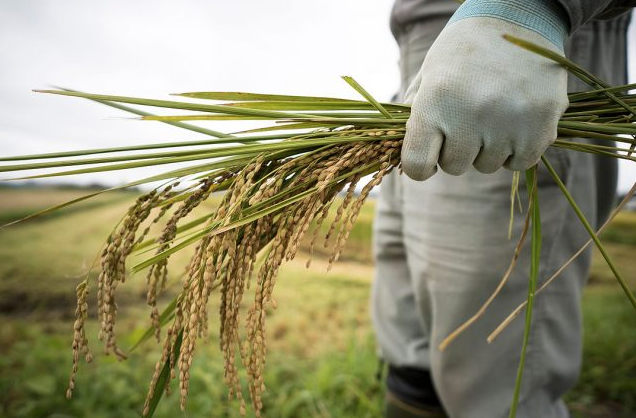
THE Department of Finance (DoF) said that the Rice Tariffication Law (RTL) has removed rice as the main driver of inflation by making farmers more productive, with average farm yields rising to 4.22 tons per hectare (t/ha) in 2021 from 3.65 t/ha before the law took effect.
The DoF said in a statement on Thursday that the overall increase in yields equates to a 15.6% increase in farmer productivity.
Finance Secretary Carlos G. Dominguez III said that the law was a “politically difficult” reform because it “opened up the Philippine rice market and, in turn, slashed the retail cost of our country’s staple food for more than 100 million Filipinos. As a result, rice is no longer the main contributor to our overall inflation rate,” Mr. Dominguez said.
The law, or Republic Act No. 11203, opened up the rice import market, with importers paying a 35% tariff on Southeast Asian grain. These tariffs provide the Rice Competitiveness Enhancement Fund (RCEF) P10 billion a year.
The RCEF helps farmers stay competitive by modernizing their cultivation practices and providing quality seed, credit assistance, and farming know-how.
The Philippine Statistics Authority estimates unmilled rice output at 19.96 million metric tons in 2021, up from 19.29 MT in 2020 and 18.81 MT in 2019.
The DoF said that the RCEF has ensured a steady supply of rice, noting that in the wake of tropical depression Agaton, which caused P150 million worth of damage to crops, the rice supply in Western Visayas was sufficient.
Mr. Dominguez said that the agriculture sector was a strength of the economy during the pandemic, adding that the government was able to maintain a steady flow of produce from farms to consumers.
The law was signed on Feb. 14, 2019, overhauling the old practice of government-to-government rice imports in favor of liberalized rice imports open to all parties.
“The RTL has reduced the retail cost of rice to the current average of P39 per kilogram (kg) or a reduction of about P7 per kg compared to its cost in 2018 when it peaked to around P46,” the DoF said.
In a statement last week, Socioeconomic Planning Secretary Karl Kendrick T. Chua was quoted as saying that the law “is the best model we have to help both farmers and consumers.”
“Last year, we collected P18.9 billion from rice tariff collections. We gave all that back to rice farmers. Those calling for the removal of the RTL risk taking away what we are giving to farmers to improve their productivity.” — Tobias Jared Tomas













